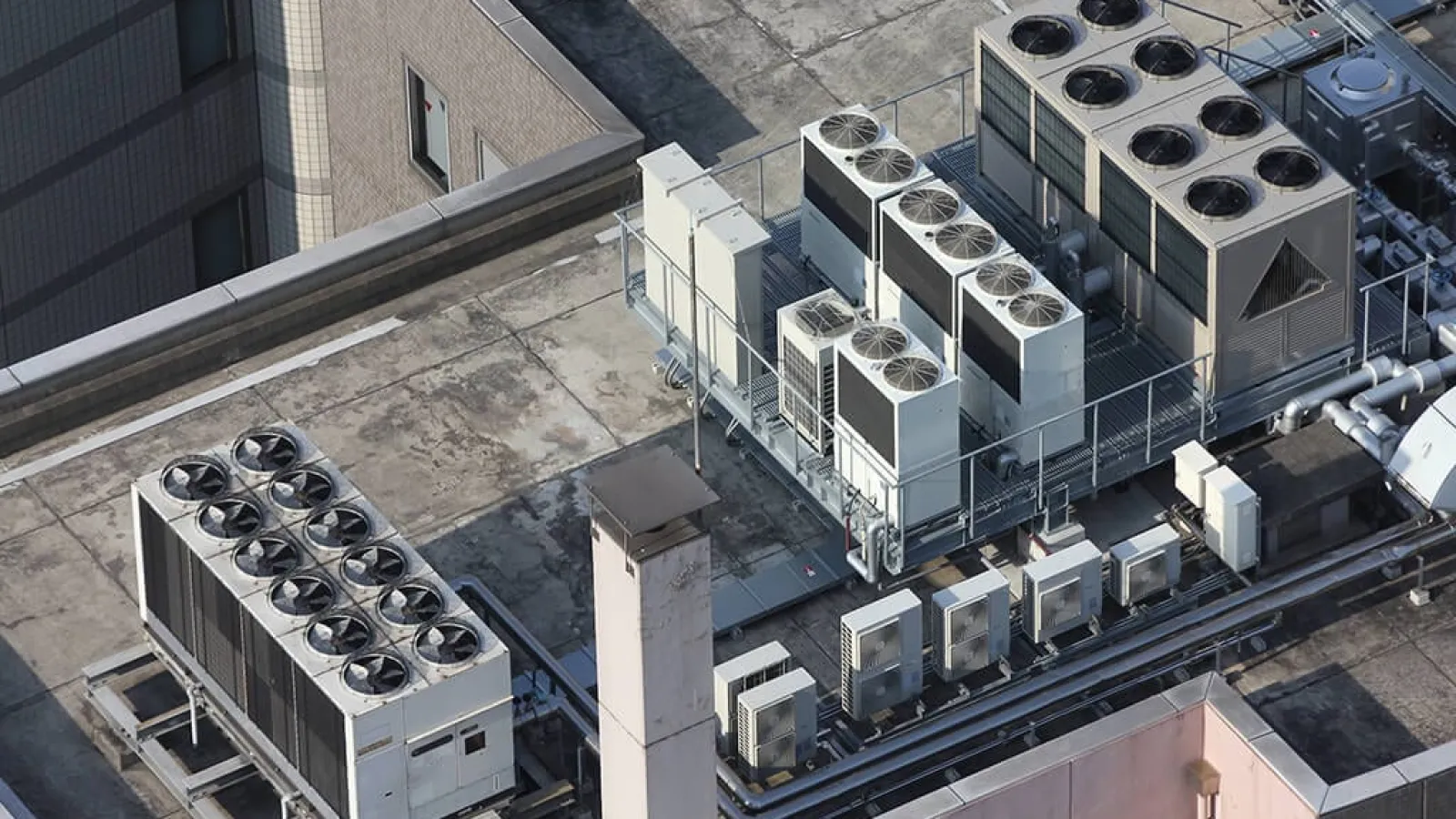How to Improve Workplace Productivity With Better Indoor Air Quality
Why Indoor Air Quality Matters for Workplace Productivity
Indoor air quality plays a central role in how people think, feel, and perform at work. When indoor air pollution goes unchecked, buildings experience higher rates of fatigue, discomfort, mistakes, and absenteeism. Today, many businesses across the United States are learning that good IAQ is not optional—it is a core element of a healthy, productive working environment.
Studies consistently show that improving HVAC air quality, balancing temperature and humidity levels, and increasing the supply of fresh air helps building occupants focus better, make fewer errors, and experience fewer health problems. As one of Atlanta's trusted commercial HVAC companies, Estes Commercial works with business owners and facility managers to implement high-efficiency commercial HVAC solutions that protect employee health and support long-term productivity.
Explore commercial HVAC services
How Indoor Climate Affects Workplace Performance
Comfortable employees perform better—period. When temperature and humidity levels fluctuate or the heating and cooling system struggles to maintain balance, productivity suffers.
Why "Comfortable" Isn't Universal
Indoor comfort standards were originally based on outdated metabolic assumptions that overestimate energy needs for many workers. As a result, several workplaces are overcooled, which increases energy use and decreases productivity—especially in sedentary environments.
A Cornell University study found that warmer indoor temperatures significantly improved workplace performance. When temperatures increased from 68°F to 77°F:
• Typing errors decreased by 44 percent
• Output increased by 150 percent
For these reasons, balanced temperature and humidity levels are essential to a productive indoor environment. Achieving this balance requires a properly sized HVAC system, accurate zoning, and reliable controls installed by an experienced commercial HVAC contractor.
How a Commercial HVAC Contractor Optimizes Comfort and Productivity
A professional commercial HVAC contractor evaluates building layout, occupancy patterns, air pressure balance, and mechanical requirements to determine the best way to maintain productivity and comfort.
Whether your building is:
• A healthcare facility
• A retail center
• A multisite office
• A school or training center
• A manufacturing property with heat-generating equipment
Each environment requires tailored commercial HVAC solutions to ensure proper ventilation, consistent temperatures, and clean, healthy air.
Learn more about commercial HVAC installation
https://www.estesair.com/commercial/heating-and-cooling
Improve Workplace Comfort With High-Performance Heating and Cooling
Consistent comfort begins with a well-designed heating and cooling system. Zoning, ductless technology, and building automation controls allow precise temperature management in offices, conference rooms, open floor plans, or any area where activity levels vary.
With automation, facility managers can maintain proper ventilation, adjust airflow based on occupancy, and keep energy consumption under control. These high-efficiency systems also reduce long-term HVAC repair expenses by preventing strain and extending equipment life.
Explore HVAC maintenance and performance options
Poor Indoor Air Quality and Sick Building Syndrome Hurt Productivity
Comfort is only the starting point. Poor indoor air quality (IAQ) directly affects cognitive performance, health, and morale. When buildings lack proper ventilation or fresh air, they can develop sick building syndrome—a condition that causes multiple health symptoms among building occupants.
The Hidden Cost of Sick Building Syndrome
Poor IAQ contributes to:
• More sick days and higher absenteeism
• Lower concentration and reduced efficiency
• Eye, nose, and throat irritation
• Headaches and fatigue
• Increased healthcare claims
• Higher turnover and reduced morale
A Harvard School of Public Health study found that doubling ventilation and reducing volatile organic compounds (VOCs) dramatically improved decision-making and strategic thinking—two strong indicators of improved workplace productivity.
Common Indoor Air Pollutants in Commercial Buildings
• VOCs from cleaners, paints, adhesives, and furniture
• Carbon dioxide buildup from inadequate ventilation
• Dust, pollen, and particulate matter
• Mold growth due to high humidity levels
• Bacteria and viruses circulating through the HVAC system
• Poor filtration and clogged air filters
A well-maintained HVAC system helps control these pollutants and keeps HVAC air quality within recommended air quality standards.
Commercial HVAC Solutions to Improve Indoor Air Quality
Improving indoor air quality requires a strategic combination of filtration, ventilation, humidity control, and fresh air intake. Estes Commercial provides tailored IAQ upgrades for businesses across Metro Atlanta.
Ventilation and Fresh Air Systems
Proper ventilation is essential to cleaning air and reducing exposure to indoor contaminants. Advanced ventilation systems:
• Bring in fresh outdoor air
• Maintain proper air pressure
• Reduce airborne illness transmission
• Improve comfort and humidity management
Explore commercial ventilation solutions
Air Filtration and Air Purification
High-efficiency air filtration captures pollutants such as VOCs, allergens, dust, and biological contaminants. Commercial purification systems help ensure cleaner, healthier air circulates throughout the building.
Learn more about purification and air filter upgrades
Humidity Control Solutions
Humidity levels influence comfort, indoor air quality, and microbial growth.
• Commercial dehumidifiers reduce moisture to prevent mold and indoor air pollution.
• Commercial humidifiers add moisture in dry climates or seasons to support health and comfort.
Balanced humidity improves breathing conditions and helps maintain healthy IAQ.
Protect Productivity and Employee Health With Estes Commercial
A healthier building leads to healthier employees—and a more productive organization. Estes Commercial helps employers improve indoor air quality, optimize HVAC performance, and maintain comfort through high-efficiency commercial HVAC solutions designed for long-term reliability.
Request a commercial HVAC consultation
Estes Commercial proudly serves Metro Atlanta, including Buckhead, Midtown, Sandy Springs, Marietta, Johns Creek, Roswell, Druid Hills, Decatur, Virginia Highland, Peachtree City, Dunwoody, and Kennesaw.


